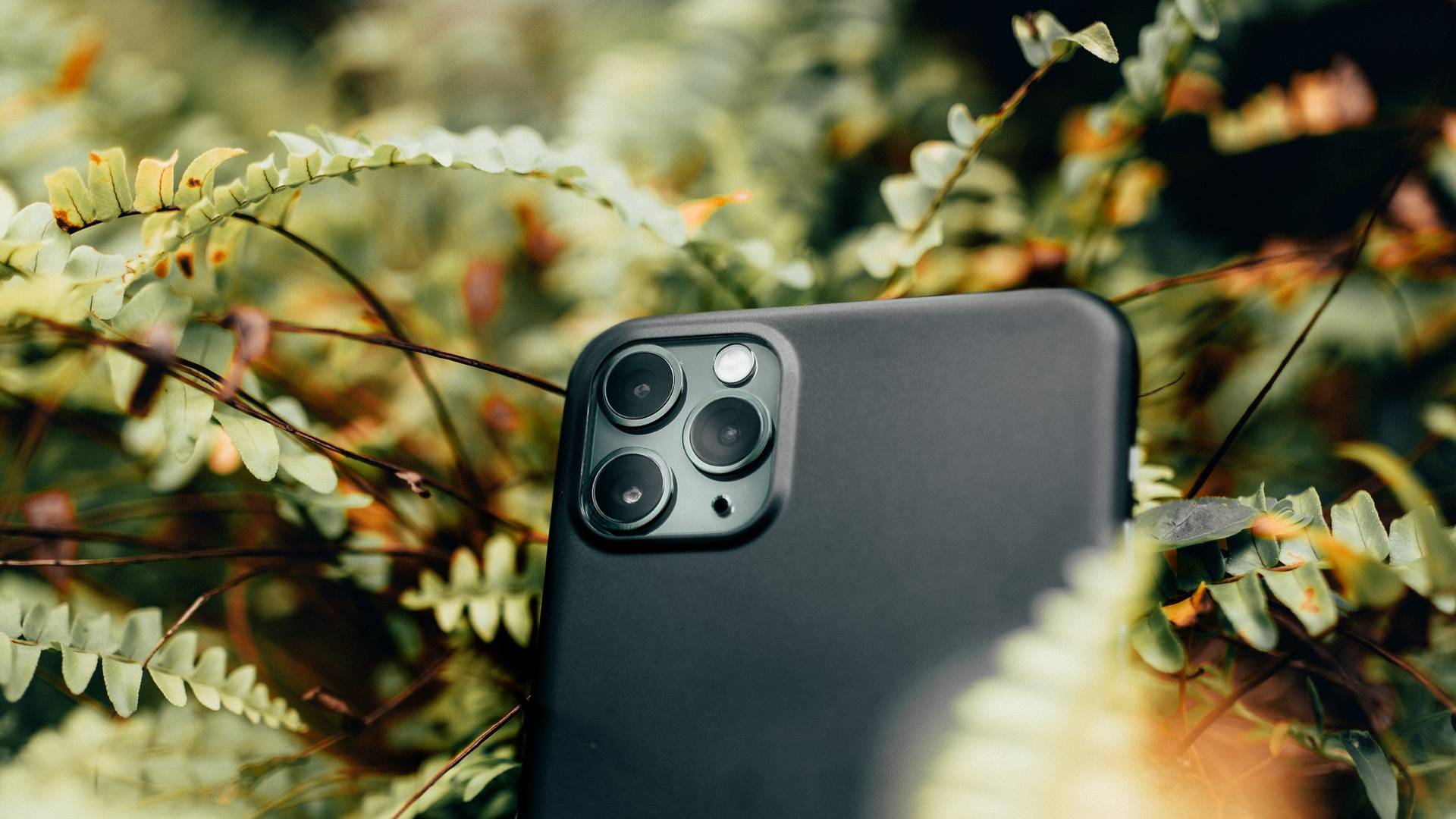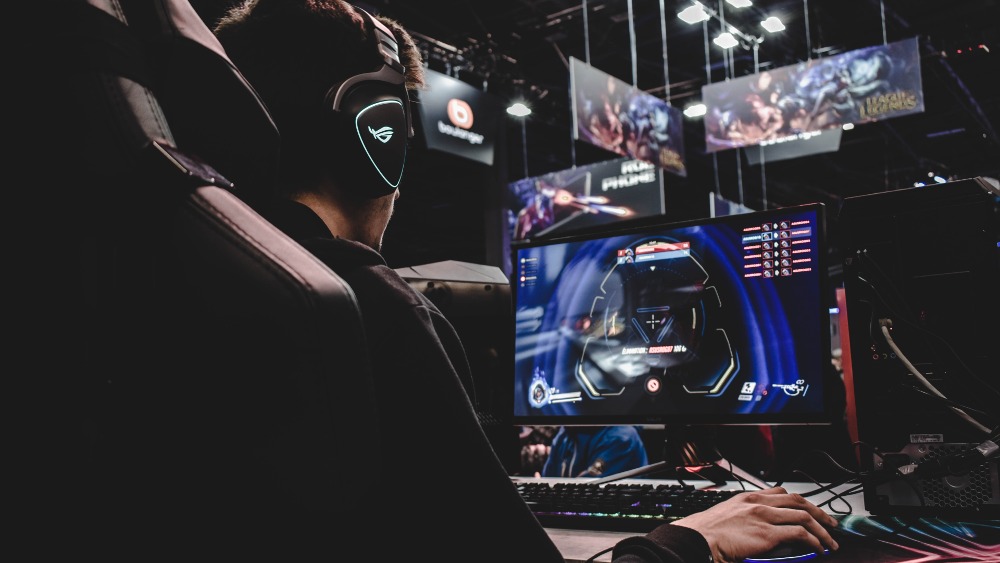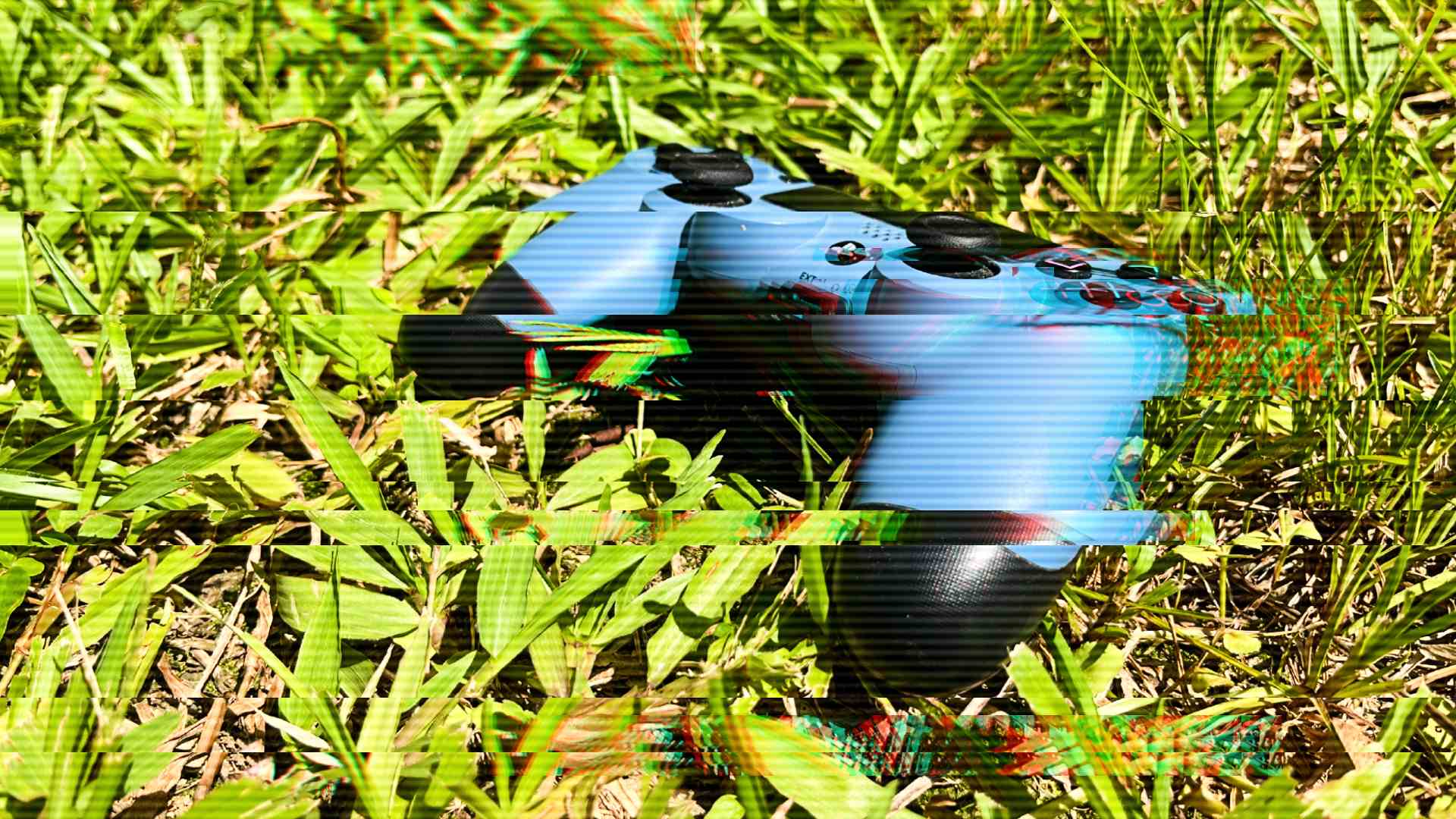Tech Talk: How Big Are Smartphone Camera Bumps Going To Get?
The year was 2017. Apple announced a radical change to its iPhone line with the iPhone X (it’s “10” and not “ecks” BTW), skipping number nine entirely.
But the major change that really caught my eye with the iPhone X was that gigantic camera bump on the rear. Sure, the iPhone 6 was the first Apple iPhone to have a camera bump that wasn’t flush with the back of the phone.
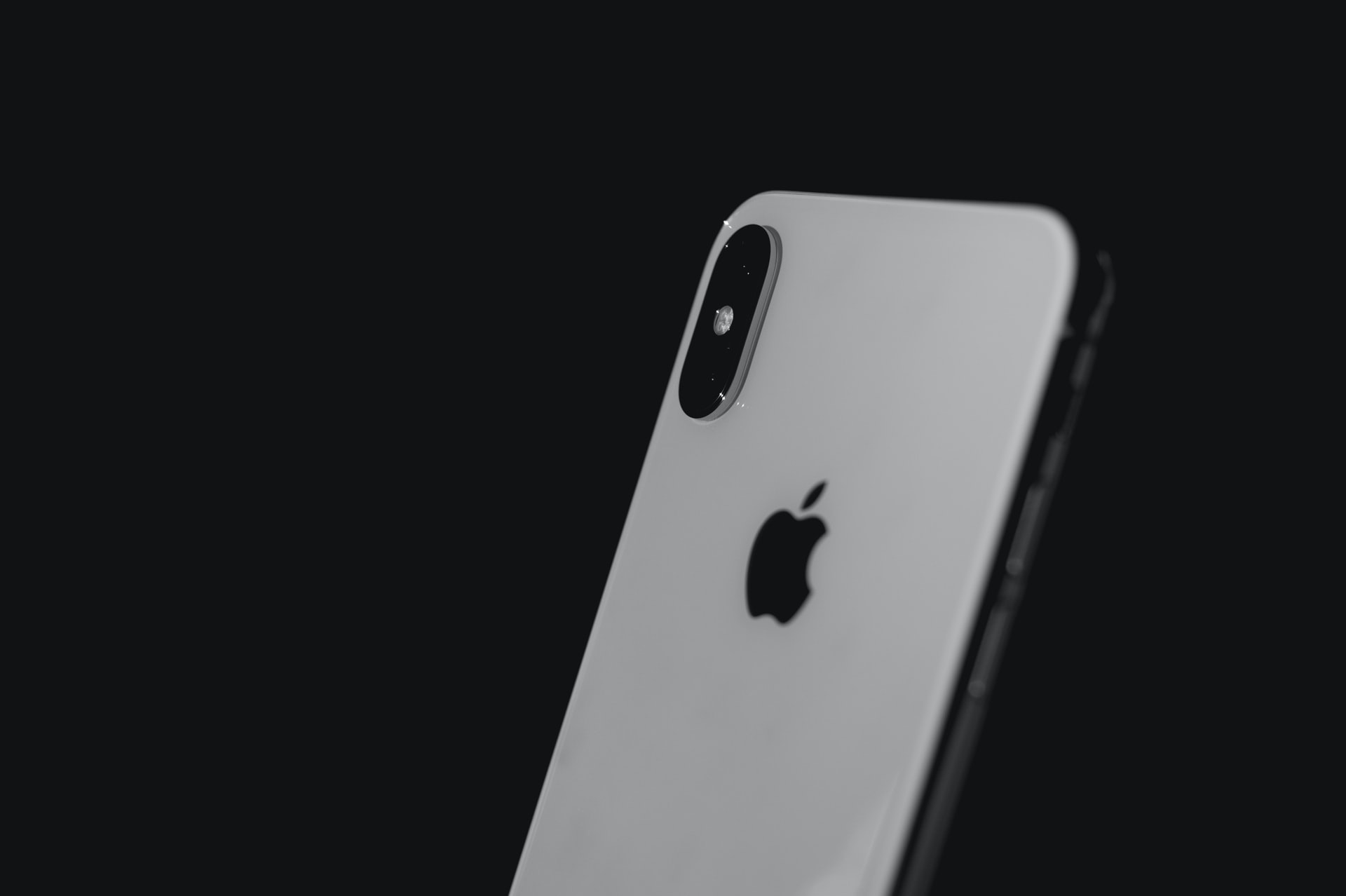
But the iPhone X’s camera bump was massive and distinctive. It aligned vertically instead of the iPhone 7’s horizontal arrangement. And what it did was open the floodgates for every other major smartphone manufacturer to introduce huge camera bumps that flowed vertically on the side of the phone.
Today, all flagships have camera bumps. The iPhone 12 series. The Samsung Galaxy S21 Ultra. The Google Pixel 5. The Huawei Mate 40 Pro (which I have to say has done it the most creatively).
And now, to push the absurdity of how massive a camera bump can get: the Xiaomi Mi 11 Ultra’s camera bump has basically taken over the top half of the phone. Not only does it have three different cameras, but it also packs a mini touchscreen too. The one good thing about it is that I can safely lay the phone screen facing up and it won’t be wobbly.
So why do camera bumps need to get bigger? The simple answer.
The short reason why camera bumps need to get bigger is so that your smartphone can take better photos. A larger camera bump means more space for either:
a. Longer range zooms
b. Bigger camera sensor that captures more light, which equals to faster shutter speeds and resulting in sharper photos
Larger camera bumps also allow the inclusion of tech like OIS (optical image stabilisation) so you can take photos handheld without it getting blurry.
So why do camera bumps need to get bigger? The complicated two-part answer.
Part 1: Longer range zooms
In a typical DSLR or mirrorless camera, zoom lenses are massive. That’s because focal length is important to a camera’s magnification. If you want a bigger focal length, you need more space between the lens and the sensor.
To fit this tech into a tiny phone, what manufacturers like Huawei and Samsung have done is to use periscope technology to replicate long-range zoom, which extends the distance between the lens and the sensor using mirrors to reflect light. It still needs some significant real estate on the rear on the phone, hence a bigger camera bump.
Part 2: Bigger camera sensor
How does your favourite (insert smartphone manufacturer) keep telling you that their latest model is able to shoot higher quality photos, or brighter photos at night? A larger sensor helps to do this by capturing more light, in turn allowing for faster shutter speeds and leading to an awesome photo of bae for her Instagram.
The Xiaomi Mi 11 Ultra’s sensor is so big that it can even shoot in natural bokeh – focused subject with blurred background, without the need for a “portrait mode”.
But it’s not as easy as just shoving a new lens into the phone. To keep the same image frame and magnification, you need a longer focal length and larger camera housing or else you end up with a wider view. Then there’s taking into account the multiple camera setups: main + ultrawide + telephoto that we see in many phones today.
In both instances, your favourite (insert smartphone manufacturer) has to fight against the laws of physics to give you a better quality camera. They would either have to make the camera bump bigger or make a thicker phone. No prizes for guessing which route they have taken.
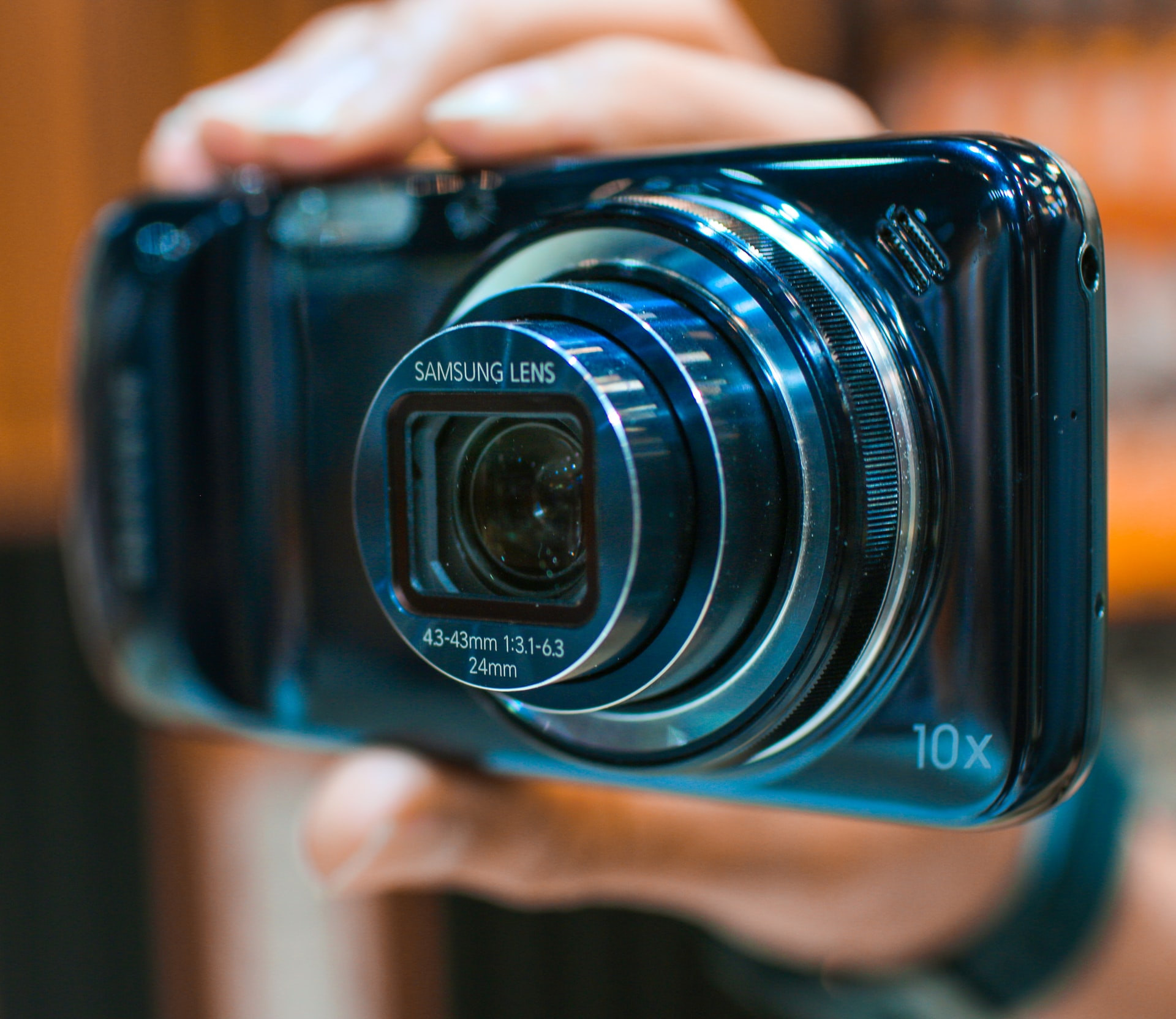
It’s not like they haven’t tried fitting a real camera
The Samsung Galaxy S4 Zoom and the Asus Zenfone Zoom offered actual optical zoom on a mobile phone, while the Nokia PureView 808 and Lumia 1020 leaned heavily on being camera first. Unfortunately, none of these phones proved to be market successes as it seemed that you and I prefer thinner phones with larger screens.
Even point-and-shoot cameras have become unwanted as our phones do a great job anyway, so it’s hard to see these old phones making a comeback.
What’s next?
Even with foldable phones, it seems like camera bumps are here to stay unless some new tech is able to defy physics entirely. Until then, expect smartphone manufacturers to come up with creative ways to embrace their camera modules like the Samsung Galaxy S21 Ultra or the Oppo Find X3 Pro.
For the latest updates on Wonderwall.sg, be sure to follow us on TikTok, Telegram, Instagram, and Facebook. If you have a story idea for us, email us at [email protected].







